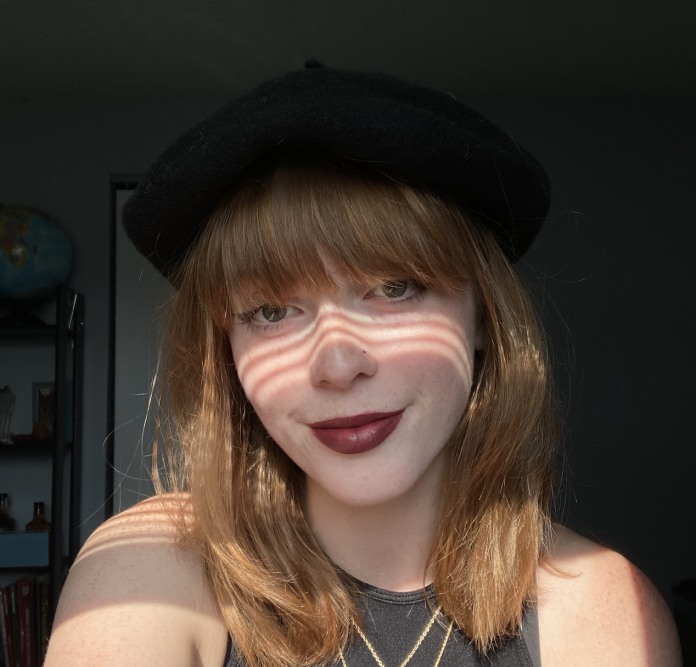The disappearance of 22-year-old influencer Gabby Petito has gripped the internet’s attention since her parents reported her missing on Sept. 11, 2021.
In classic True Crime Addict fashion, hashtags, Tik Tok’s, subreddits and countless other online discussion forms were created for people to share theories and tips on what happened to Gabby Petito, who happened to be a beautiful, blond, upper-middle class, white woman.
On Sept. 19, 2021, Petito’s remains were found and a search is underway for her fiancé who is considered a person of interest.
What happened to Gabby Petito is tragic.
That being said, it’s time to talk about Missing White Woman Syndrome.
Missing White Woman Syndrome is a term coined by American journalist Gwen Ifill and refers to the vast difference in police and media response and coverage of missing white women to missing women of colour.
Activists working with the Walk 4 Justice Initiative, which seeks justice for missing and murdered Indigenous women in Canada collected names of missing Indigenous women in 2011. They stopped counting at 4,232.
Indigenous women are five times more likely to suffer violent deaths than other women in Canada, with a homicide rate 4.5 times higher, according to Amnesty International. Indigenous women make up 3 per cent of the female population of Canada but account for 10 per cent of all female homicides in the country.
This is an epidemic on a nation-wide scale and yet major media outlets rarely mention it. Let alone Twitter, Tik Tok, Reddit and other ‘true crime’ outlets that claim to be so desperate to bring women-in-crisis home safe.
The National Centre for Missing and Exploited Children claims that of the more than 613,000 missing persons reports in the U.S as of 2018, about 60 per cent were people of colour despite people of colour (POC) amounting to a significantly lower percentage of the overall population.
In addition, children of colour go missing and are murdered at a much higher rate than white children. Missing children of colour may be mentioned in passing on the evening news from time to time, but they do not receive even a sliver as much media and police attention that JonBenét Ramsey continues to receive even decades after her death.
Murders and missing person reports involving women of colour are also less likely to be solved. Despite overwhelming evidence, confessions and a second-degree murder charge, the man suspected of murdering 15-year-old Tina Fontaine, an Ojibwe girl from Sagkeeng First Nation in Manitoba, continues to walk free. Like so many other families of colour, six years after her death Tina Fontaine’s family is left without answers, without justice.
Missing White Women Syndrome doesn’t even try to be subtle in its racism. It’s on every social media platform, newspaper, TV station and coffee house conversation, saying: “Your life only matters if you’re white.”
Violence against all women is horrible and the horrific crimes against women like Gabby Petito should not be ignored but the only way to cure Missing White Woman Syndrome is to channel the same energy and determination into finding missing women of colour, LGBTQ+ women and every other victim of similar crimes who don’t fit the pretty, blond and rich category.




